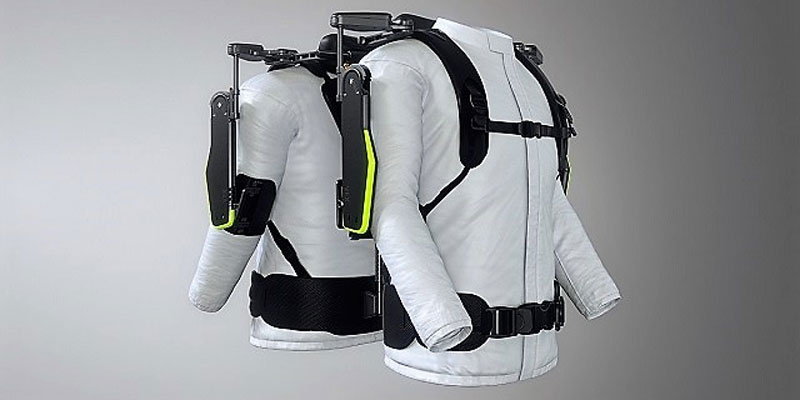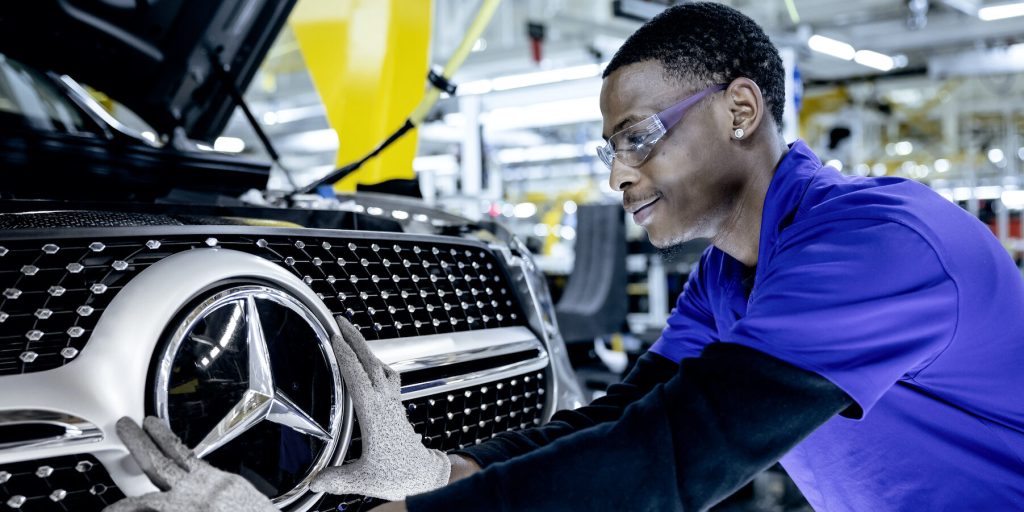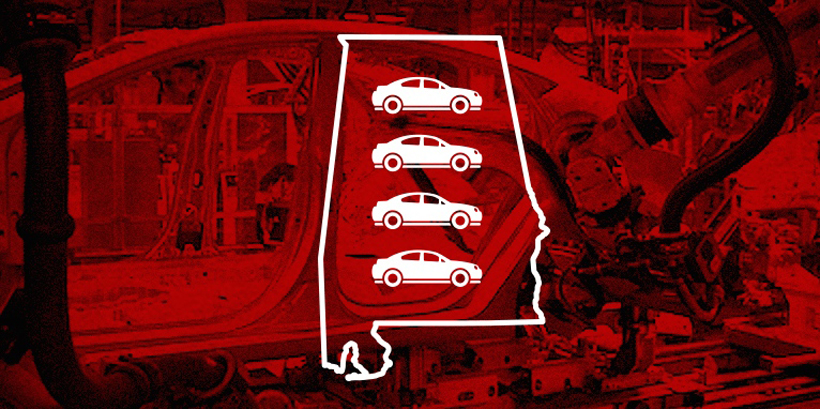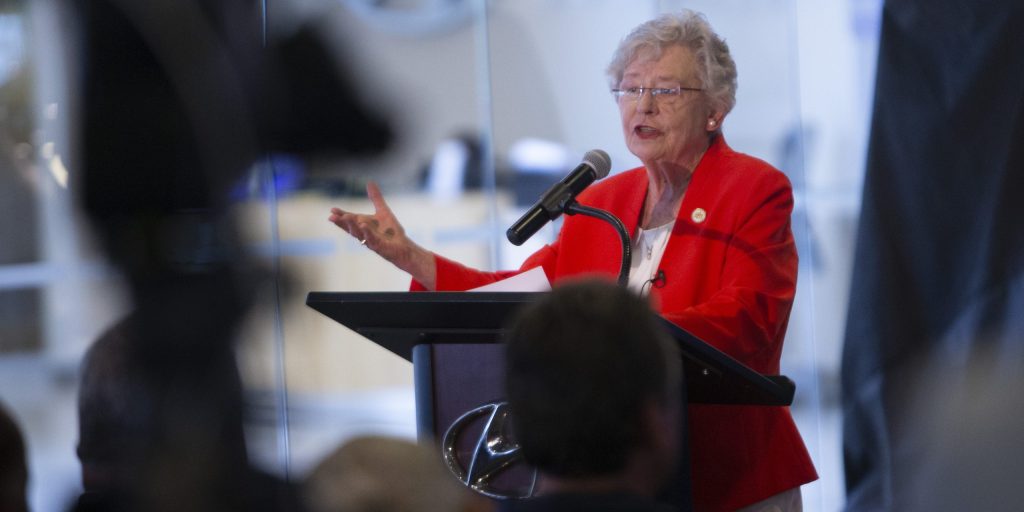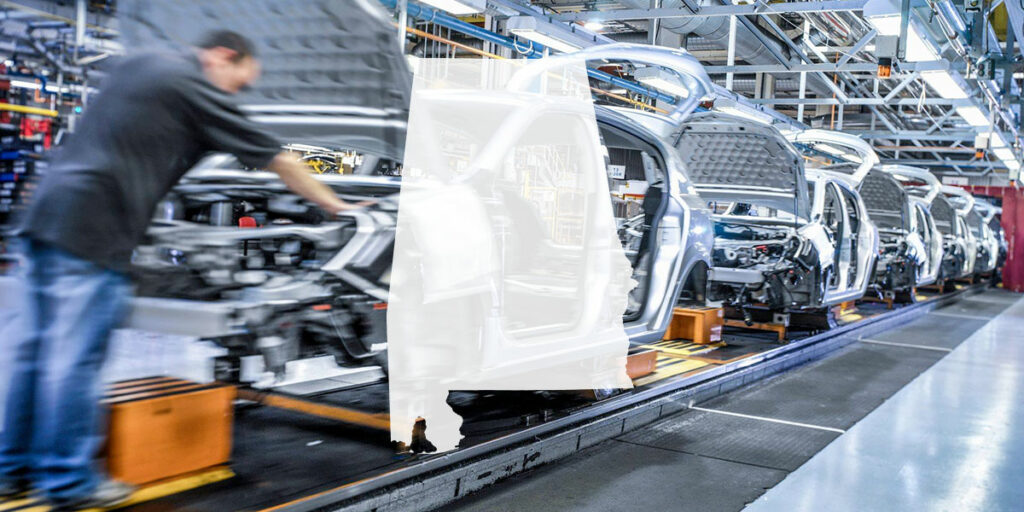Hyundai’s Alabama plant was instrumental in developing a new wearable robot exoskeleton, and its workers will be among the first in the world to incorporate the technology on the assembly line.
On Tuesday, Hyundai Motor Group unveiled plans for its Hyundai Rotem company to produce the Vest EXoskeleton, or VEX, and Chairless EXoskeleton, or CEX. The technology aims to assist industrial workers working in overhead environments.
VEX is lightweight and mimics the movement of human joints, allowing for added load support and mobility. Its design allows for muscular assistance without requiring a battery.
Hyundai Motor Manufacturing Alabama (HMMA), the automaker’s Montgomery plant, participated in the prototype trials and provided valuable feedback in the development of both VEX and CEX. The plant anticipates receiving the first production versions of the wearable robots and incorporate them into the plant by the end of the year.
Though there are other exoskeleton products on the market, Hyundai believes its technology is better because it is lighter (5.5 pounds, which is 22-42% less than competitors) comfortable (worn like a backpack), adjustable (up to 7 inches in added length, up to 12.1 pounds in force assistance) and more affordable (expected to sell for 30% less than the typical $5,000 average of similar products).
Hyundai unveils wearable robotic exoskeleton tested at Alabama plant from Alabama NewsCenter on Vimeo.
“VEX gives workers greater load support, mobility and adaptability when operating in overhead environments,” said DongJin Hyun, head of Robotics team of Hyundai Motor Group. “Workers will also appreciate how light VEX is to wear and work with.”
Hyundai plans to target the VEX at production-line workers whose job is primarily overhead. On an auto assembly line, that could be those bolting the underside of vehicles, fitting brake tubes, and attaching exhausts.
Hyundai said the pilot program testing the technology at HMMA and the Kia plant in Georgia was “widely successful in assisting workers and boosting productivity.”
Hyundai said it is considering worldwide implementation of VEX around the world. Hyundai Rotem is expected begin production of VEX in December and an HMMA spokesman said the Montgomery plant will be among its first customers.
Hyundai Motor Group commercializes Chairless EXoskeleton
Adding to its range of robotics technologies, Hyundai also plans to products CEX, which supports workers to maintain a sitting position without a stool or chair. At 3.5 pounds, it is light and durable and able to withstand weights of up to 330 pounds.
The CEX’s waist, thigh and knee belts can be easily fitted and adjusted to the user’s body size and height. It also features three different angle settings (85 degrees, 70 degrees and 55 degrees). By reducing the user’s back and lower body muscle activity by 40%, it reduces fatigue and improves efficiency.
Hyundai said it has plans for other robotics technology, including a ‘Hotel Service Robot,’ ‘Sales Service Robot,’ ‘Electric Vehicle Charging Manipulator’ and other ‘Robotic Personal Mobility’ solutions in the future.
The future for wearable robotics
According to the International Federation of Robotics, the wearable robotics industry is growing 14% annually. By 2021 approximately 630,000 commercial robots will be sold worldwide, with the greatest demand coming from the automotive sector. In 2017, 126,000 robots were supplied to the auto sector, making-up 33% of all commercial robots.
Recognizing the market trend, Hyundai Motor Group is making active investments and strengthening its presence within the growing robotics industry by securing relevant technologies that also benefit the health and wellbeing of its own workforce.
(Courtesy of Alabama NewsCenter)




